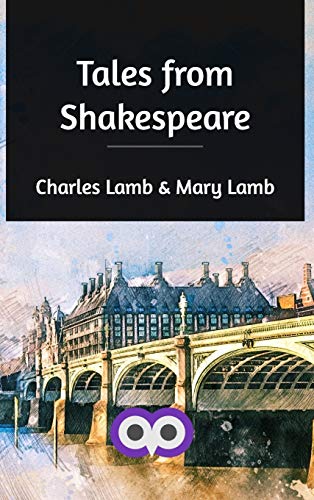-
Tales from Shakespeare
Mary Lamb, Charles Lamb
eBook (Good Press, Nov. 20, 2019)"Tales from Shakespeare" by Mary Lamb, Charles Lamb. Published by Good Press. Good Press publishes a wide range of titles that encompasses every genre. From well-known classics & literary fiction and non-fiction to forgotten−or yet undiscovered gems−of world literature, we issue the books that need to be read. Each Good Press edition has been meticulously edited and formatted to boost readability for all e-readers and devices. Our goal is to produce eBooks that are user-friendly and accessible to everyone in a high-quality digital format.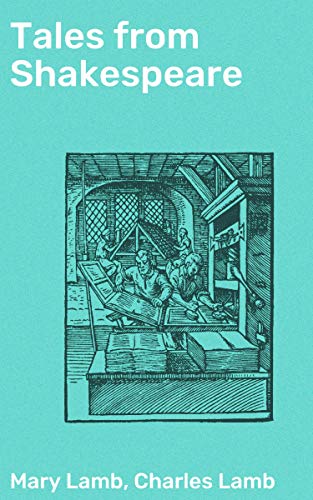
-
Tales from Shakespeare: With original and illustrations
Charles Lamb
Paperback (Independently published, Aug. 13, 2020)Tales from Shakespeare is characterized by almost fairytale-like plot devices-complications arising from identical twins, magical forests, ghosts and witches, and foolish kings. The prose renditions of fourteen comedies and six tragedies are just as captivating for adults. Far from being mere plot summaries, the Tales closely follow the plays, frequently incorporating Shakespeare's exact language into the narratives and refusing to impose simplistic moral conclusions on the often-messy philosophical universe of Shakespearean drama.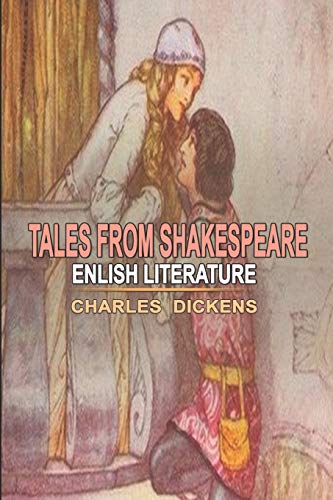
-
Tales from Shakespeare
Charles 1775-1834 Lamb, Mary 1764-1847 Lamb, Byam Shaw III
Hardcover (Wentworth Press, Aug. 27, 2016)This work has been selected by scholars as being culturally important, and is part of the knowledge base of civilization as we know it. This work was reproduced from the original artifact, and remains as true to the original work as possible. Therefore, you will see the original copyright references, library stamps (as most of these works have been housed in our most important libraries around the world), and other notations in the work.This work is in the public domain in the United States of America, and possibly other nations. Within the United States, you may freely copy and distribute this work, as no entity (individual or corporate) has a copyright on the body of the work.As a reproduction of a historical artifact, this work may contain missing or blurred pages, poor pictures, errant marks, etc. Scholars believe, and we concur, that this work is important enough to be preserved, reproduced, and made generally available to the public. We appreciate your support of the preservation process, and thank you for being an important part of keeping this knowledge alive and relevant.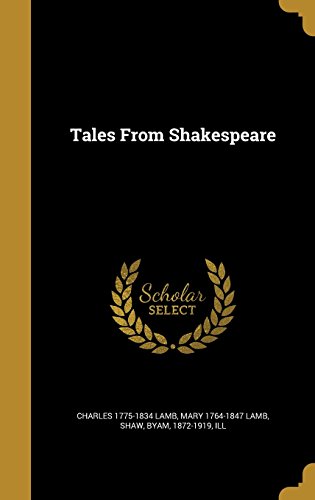
-
Tales from Shakespeare
Charles 1775-1834 Lamb, Mary 1764-1847 Lamb, Alfred 1837-1904 Ainger
Paperback (Wentworth Press, Aug. 27, 2016)This work has been selected by scholars as being culturally important, and is part of the knowledge base of civilization as we know it. This work was reproduced from the original artifact, and remains as true to the original work as possible. Therefore, you will see the original copyright references, library stamps (as most of these works have been housed in our most important libraries around the world), and other notations in the work.This work is in the public domain in the United States of America, and possibly other nations. Within the United States, you may freely copy and distribute this work, as no entity (individual or corporate) has a copyright on the body of the work.As a reproduction of a historical artifact, this work may contain missing or blurred pages, poor pictures, errant marks, etc. Scholars believe, and we concur, that this work is important enough to be preserved, reproduced, and made generally available to the public. We appreciate your support of the preservation process, and thank you for being an important part of keeping this knowledge alive and relevant.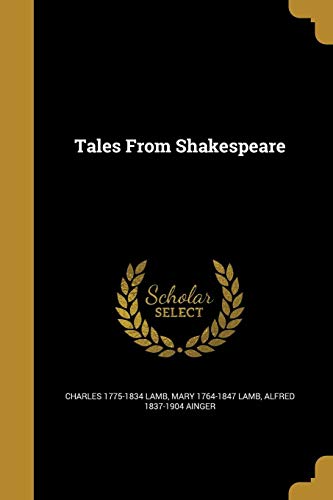
-
Tales from Shakespeare:
Charles Lamb, Mary Lamb, Aberdeen Press
Paperback (Independently published, Aug. 23, 2020)There was a certain island in the sea, the only inhabitants of which were an old man, whose name was Prospero, and his daughter Miranda, a very beautiful young lady. She came to this island so young, that she had no memory of having seen any other human face than her father's.They lived in a cave or cell, made out of a rock; it was divided into several apartments, one of which Prospero called his study; there he kept his books, which chiefly treated of magic, a study at that time much affected by all learned men: and the knowledge of this art he found very useful to him; for being thrown by a strange chance upon this island, which had been enchanted by a witch called Sycorax, who died there a short time before his arrival, Prospero, by virtue of his art, released many good spirits that Sycorax had imprisoned in the bodies of large trees, because they had refused to execute her wicked commands. These gentle spirits were ever after obedient to the will of Prospero. Of these Ariel was the chief.
-
Tales from Shakespeare
Charles, Mary Lamb
Hardcover (Blurb, April 11, 2019)Tales from Shakespeare is an English children's book written by brother and sister Charles and Mary Lamb in 1807.[1] The book is designed to make the stories of Shakespeare's plays familiar to the young.[1] Mary Lamb was responsible for the comedies, while Charles wrote the tragedies; they wrote the preface between them. Marina Warner, in her introduction to the Penguin 2007 edition, says that Mary did not get her name on the title page till the seventh edition in 1838. Tales from Shakespeare has been republished many times. It was first published by the Juvenile Library of William Godwin (under the alias Thomas Hodgkins) and his second wife, Mary Jane Clairmont, who chose the illustrations, probably by William Mulready[2][3][4]. Later illustrators included Sir John Gilbert in 1866, Arthur Rackham in 1899 and 1909,[5] Louis Monziès in 1908,[6] Walter Paget in 1910,[7] and D. C. Eyles in 1934.[5] In 1893-4, the book was supplemented with some additional tales by Harrison S. Morris, and was re-published in the USA as a multi-volume set with colour plate illustrations.[8] As noted in the authors' preface, "[Shakespeare's] words are used whenever it seemed possible to bring them in; and in whatever has been added to give them the regular form of a connected story, diligent care has been taken to select such words as might least interrupt the effect of the beautiful English tongue in which he wrote: therefore, words introduced into our language since his time have been as far as possible avoided.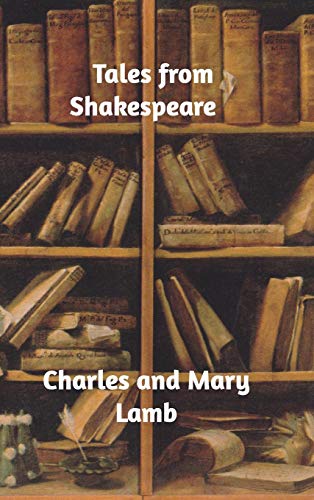
-
Tales from Shakespeare
Mary Lamb, Charles Lamb
Paperback (Blurb, May 1, 2020)The following Tales are meant to be submitted to the young reader as an introduction to the study of Shakespeare, for which purpose his words are used whenever it seemed possible to bring them in; and in whatever has been added to give them the regular form of a connected story, diligent care has been taken to select such words as might least interrupt the effect of the beautiful English tongue in which he wrote: therefore, words introduced into our language since his time have been as far as possible avoided. In those Tales which have been taken from the Tragedies, the young readers will perceive, when they come to see the source from which these stories are derived, that Shakespeare's own words, with little alteration, recur very frequently in the narrative as well as in the dialogue; but in those made from the Comedies the writers found themselves scarcely ever able to turn his words into the narrative form: therefore it is feared that, in them, dialogue has been made use of too frequently for young people not accustomed to the dramatic form of writing. But this fault, if it be a fault, has been caused by an earnest wish to give as much of Shakespeare's own words as possible: and if the "He said" and "She said," the question and the reply, should sometimes seem tedious to their young ears, they must pardon it, because it was the only way in which could be given to them a few hints and little foretastes of the great pleasure which awaits them in their elder years, when they come to the rich treasures from which these small and valueless coins are extracted; pretending to no other merit than as faint and imperfect stamps of Shakespeare's matchless image. Faint and imperfect images they must be called, because the beauty of his language is too frequently destroyed by the necessity of changing many of his excellent words into words far less expressive of his true sense, to make it read something like prose; and even in some few places, where his blank verse is given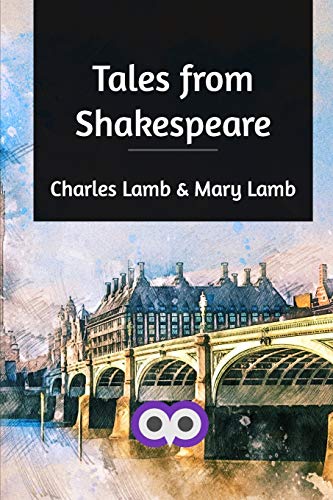
-
Tales from Shakespeare
Charles Lamb, Mary Lamb
Hardcover (Wildside Press, April 30, 2008)Charles Lamb (1775-1834) was an English essayist with Welsh heritage, best known for his "Essays of Elia" and for the children's book "Tales from Shakespeare," which he produced along with his sister, Mary Lamb (1764-1847). This volume includes a preface by William MacDonald and illustrations by C.E. Brock.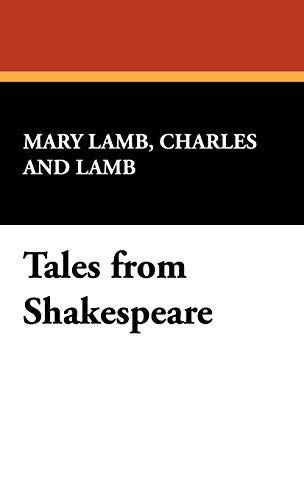
-
Tales from Shakespeare
Charles Lamb
eBook (, Sept. 11, 2020)Tales from Shakespeare by Charles Lamb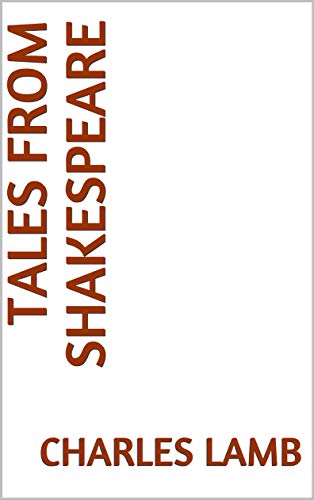
-
Tales From Shakespeare
Charles Lamb
Hardcover (A. L. Burt, Jan. 1, 1935)350 page hard cover book with tales from Shakespeare.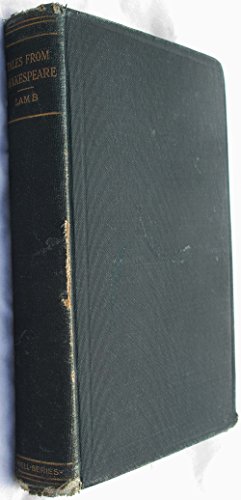
-
Tales from Shakespeare: with Classic Illustrations, Wordsworth Children's Classics
Charles Lamb, Mary Lamb
eBook (, July 20, 2020)Presents an introduction to Shakespeare's greatest plays including Hamlet Othello, As You Like It, The Taming of the Shrew, The Tempest and Pericles.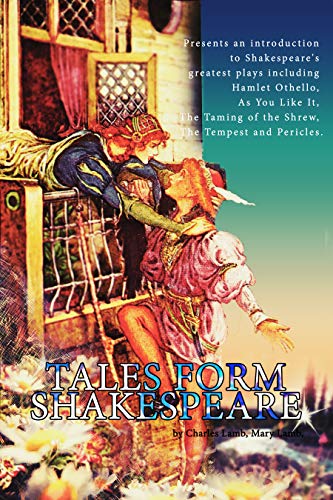
-
Tales from Shakespeare
Charles Lamb, Mary Lamb
Hardcover (Blurb, May 1, 2020)The following Tales are meant to be submitted to the young reader as an introduction to the study of Shakespeare, for which purpose his words are used whenever it seemed possible to bring them in; and in whatever has been added to give them the regular form of a connected story, diligent care has been taken to select such words as might least interrupt the effect of the beautiful English tongue in which he wrote: therefore, words introduced into our language since his time have been as far as possible avoided. In those Tales which have been taken from the Tragedies, the young readers will perceive, when they come to see the source from which these stories are derived, that Shakespeare's own words, with little alteration, recur very frequently in the narrative as well as in the dialogue; but in those made from the Comedies the writers found themselves scarcely ever able to turn his words into the narrative form: therefore it is feared that, in them, dialogue has been made use of too frequently for young people not accustomed to the dramatic form of writing. But this fault, if it be a fault, has been caused by an earnest wish to give as much of Shakespeare's own words as possible: and if the "He said" and "She said," the question and the reply, should sometimes seem tedious to their young ears, they must pardon it, because it was the only way in which could be given to them a few hints and little foretastes of the great pleasure which awaits them in their elder years, when they come to the rich treasures from which these small and valueless coins are extracted; pretending to no other merit than as faint and imperfect stamps of Shakespeare's matchless image. Faint and imperfect images they must be called, because the beauty of his language is too frequently destroyed by the necessity of changing many of his excellent words into words far less expressive of his true sense, to make it read something like prose; and even in some few places, where his blank verse is given